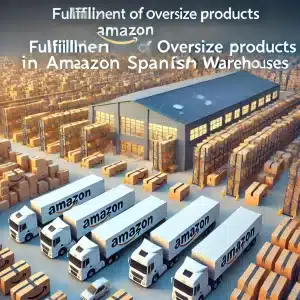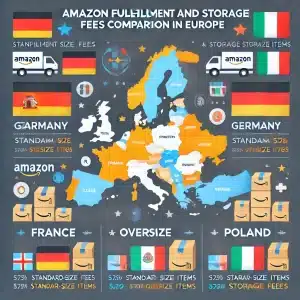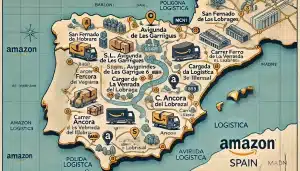
Amazon Fulfilled by Merchant (FBM)
Take control of inventory and manage your orders placed on Amazon with the FBA fulfillment method, a useful tool for small and medium businesses starting out in online sales.
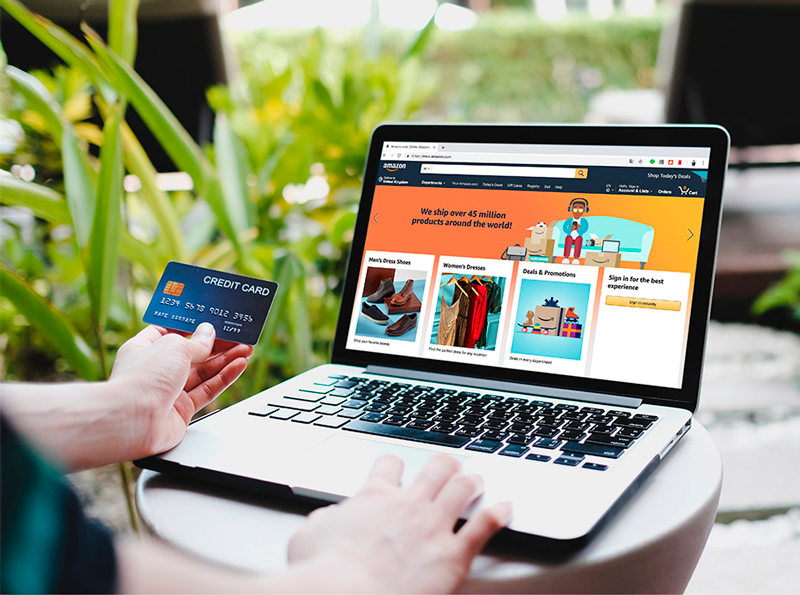
GETTING TO KNOW AMAZON FBM
Why should a seller think about using FBM? Is FBM Amazon a good fit for your Amazon store? To choose the best fulfillment option for your online business, you must first understand it.
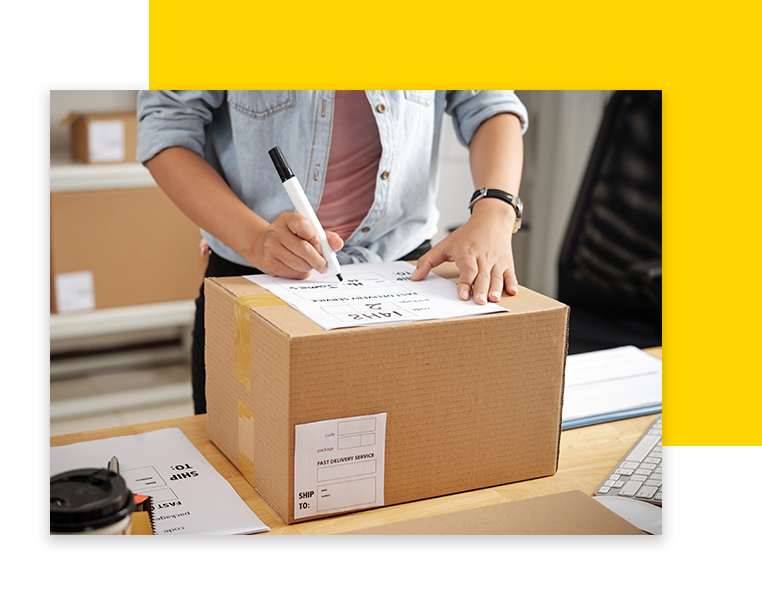
What is Amazon Fulfilled by Merchant (FBM)?
Is Amazon fulfillment method where you as an Amazon seller are responsible for fulfilling the shipping and logistics of your products purchased on Amazon. FBM can be managed directly by the seller or in collaboration with a third-party logistics service provider.
Instead of having their products have the Prime status and using Amazon to manage fulfillment or the Prime Fululated by the vendor program, the merchant is responsible for inventory management, order fulfillment, returns, and customer service.
HOW DOES AMAZON FBM WORK?

Fulfilled by Merchant is exactly what it sounds like: the merchant fills orders when their products are sold on Amazon, either through self-fulfillment or through a third-party fulfillment center.
Because FBA requires a few approvals, demonstrated inventory turnover, and takes time to set up, Amazon FBM is usually the only fulfillment method available to new merchants selling on Amazon.
Here are a few steps to get Amazon FBM up and running :
Amazon is a good place to start.
Once you create an account with Amazon Seller Central, you can begin listing your products. Make sure to include the information needed on your listings to help improve your chances of conversion using the right imagery, videos, copy, and more.
Organize your products in your own distribution center.
You may be able to distribute your products to strategic locations to save on shipping costs and reduce your average shipping zone, depending on the number of fulfillment centers you have at your disposal. A storage center can be a temporary warehousing solution if your company is still small.
Deliver orders on time
When you receive an order notification, you must ship the product within the customer’s specified delivery timeframe. On the offer and checkout pages, Amazon shows customers an estimated delivery time so they know when to expect an item they ordered from you. This takes into account handling and transit times.
Finally, for all Fulfilled by Merchant orders, make sure to update your Amazon selling account with valid ecommerce return instructions. When you approve a buyer’s return request, Amazon sends them a return label with your default return address, which must be a valid address.
HOW DOES AMAZON FBM WORK?
Understand how the logistics of your products work
Sellers keep a sense of command over their company. Managing all of the numbers and inventory on their own gives them a leg up on the competition in the long run.
Seller has complete control over how the business is run.
Self-fulfillment of products provides better inventory control due to the ability to scale. Without having to worry about extra shipping to warehouses and fulfillment centers, or increased FBA fees, growing your Amazon business can be simple and easy.
An offline and online retail store is a possibility.
It is more than conceivable to run both online and offline retail establishments with a single inventory. Sellers have complete control over their inventory because they store it in warehouses they choose. They can also utilize the same inventory stocks to run an offline retail store. All of this comes without any additional shipping or delivery fees.
It is more feasible to create an independent brand.
An FBM vendor must communicate with his customers on a one-on-one basis. Because they are closely associated with their clients, they gain a greater grasp of their needs and complaints. They acquire significant insights, comments, and ideas for their business from their interactions with clients.
Increased Margin. There are no hidden fees.
Sellers gain a better percentage of the profit margins when FBA costs aren’t factored in. They save money on fulfillment fees, identify the best and cheapest warehouse, and save shipping costs. This is especially true for larger items with limited profit margins.
Changes in Amazon rules have resulted in fewer unavoidable losses.
Amazon’s fulfillment rates and policies change often. It also charges long-term storage costs for items that have been in the Amazon repository for an extended period of time. These are not issues that an FBM vendor needs to deal with.
Less paperwork, especially when dealing with states that do not have a sales tax.
A seller on Amazon has two inescapable headaches. The first is Amazon’s fulfillment taxes, and the second is a mountain of paperwork. Both of these problems do not exist for an FBM merchant.
AMAZON FBM FEES
The Amazon FBM model is fee-based, with three primary fees: referral money, a monthly subscription charge, and a fee for each item sold.
Fees for referrals
Because your products are sold through Amazon rather than your own website, each sale is counted as a referral. The overall referral fee might range from 6% to 45 percent, depending on the sort of goods you sell. On Amazon’s website, you can see the fees for each product category in the referral fee table.
Monthly subscription fee
The Pro FBM service is available from Amazon for $39.99 a month as a subscription. You can avoid additional fees when a product is sold if you subscribe to this plan.
Selling charge per item
For each item sold, there is a $0.99 selling fee. If you join up for the Pro FBM plan, this cost will be eliminated.
You’ll also be charged other fees.
There are charges associated with partnering with a 3PL to handle Amazon FBM, such as storage and fulfillment. You may believe you’re saving money by doing it yourself, but there are always opportunity costs associated with the time you spend packing boxes and running to the UPS store.
Is the Spainbox method for you?
Fulfilled by Merchant on Amazon is an excellent choice for Amazon sellers. Working with a 3PL like Spainbox to deliver high-demand products can be beneficial to your company, especially if you can provide an Amazon Prime experience as Spainbox does.
Request a fulfillment quote from Spainbox to learn more about how we can assist you with Amazon FBM fulfillment.



